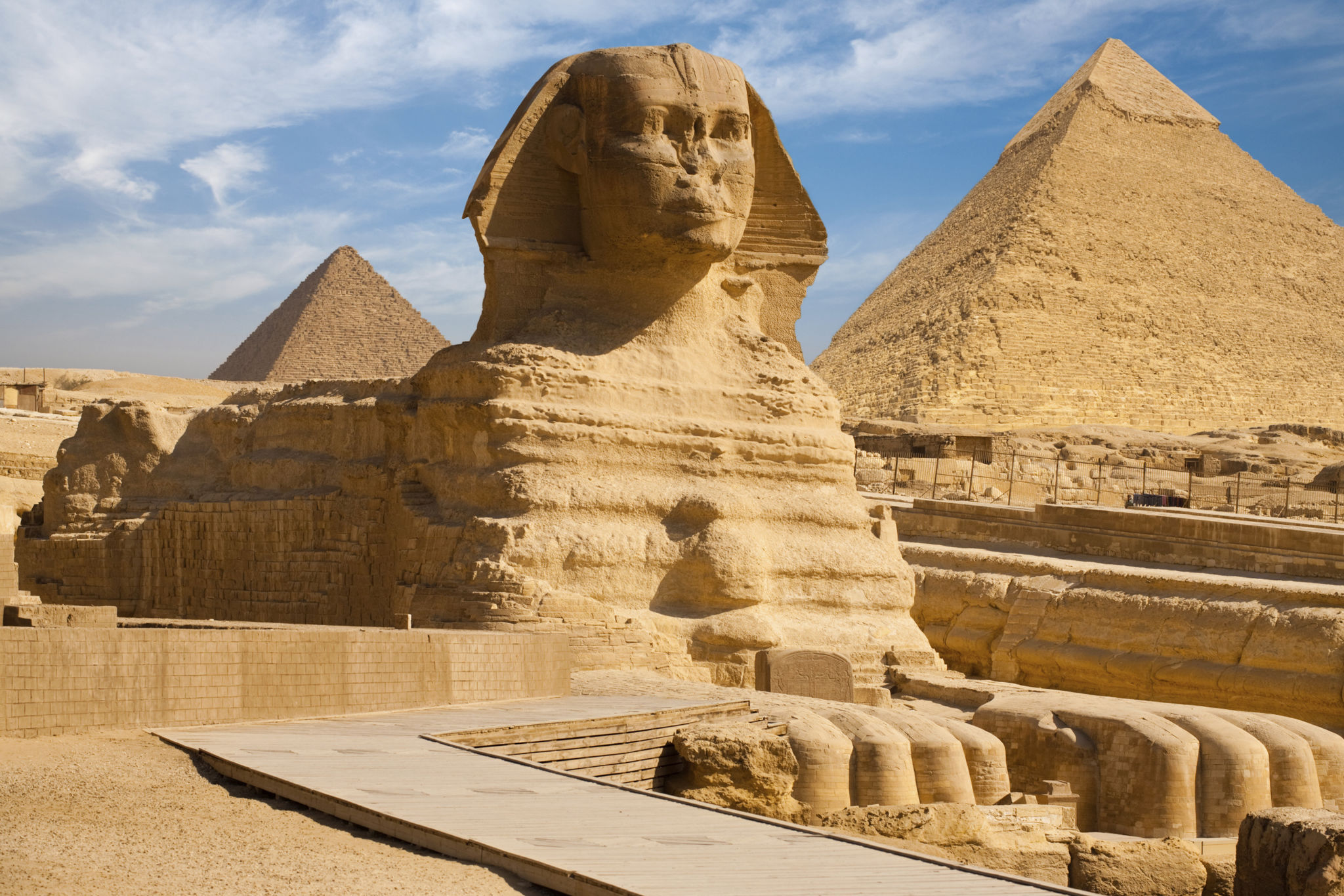Unraveling the Mysteries: Frequently Asked Questions About the Great Sphinx
Introduction to the Great Sphinx
The Great Sphinx of Giza is one of the most iconic symbols of ancient Egypt and a significant marvel of human achievement. It stands as a testament to the architectural prowess and artistic vision of its creators. However, despite its fame, many mysteries still surround this enigmatic monument.

What Is the Great Sphinx?
The Great Sphinx is a colossal limestone statue situated on the Giza Plateau, near the famous pyramids. It features the body of a lion and the head of a human, believed to represent the Pharaoh Khafre. Although the exact date of its construction remains uncertain, most scholars agree it was built during the reign of Khafre, around 2500 BCE.
Construction and Purpose
How Was the Great Sphinx Built?
The construction of the Great Sphinx is still a matter of debate among historians and archaeologists. It is widely believed that it was carved from a single massive limestone outcrop. The precise techniques used remain unknown, but it's thought that ancient Egyptians employed copper tools and an army of laborers to bring this monumental vision to life.

What Was Its Purpose?
The purpose of the Great Sphinx is another lingering mystery. Many theories suggest it was intended as a guardian figure for the Giza Plateau, standing watch over the pyramids and protecting the pharaohs' tombs. Its alignment with celestial bodies further suggests it may have held religious or astronomical significance.
The Mysteries and Theories
Why Is It Missing a Nose?
One of the most noticeable features of the Great Sphinx is its missing nose. Several theories attempt to explain this curious absence. Some suggest it was deliberately vandalized, possibly during the medieval period. Others propose natural erosion or accidental damage over time.

Are There Secret Chambers?
Another intriguing aspect of the Great Sphinx is the possibility of hidden chambers or passages within or beneath it. Modern investigations using ground-penetrating radar have identified anomalies, sparking theories about undiscovered chambers. However, no concrete evidence has been found to confirm these speculations.
Preservation and Challenges
How Is the Sphinx Being Preserved?
The Great Sphinx has faced significant deterioration over millennia due to environmental factors, including wind, sand, and pollution. Preservation efforts have included restoration work and protective measures to prevent further erosion. These endeavors aim to ensure future generations can continue to marvel at this ancient wonder.

What Challenges Lie Ahead?
Preserving the Great Sphinx presents ongoing challenges, including balancing tourism with conservation needs. As interest in this ancient monument continues to grow, finding sustainable ways to manage visitor impact while safeguarding its integrity remains a critical focus for archaeologists and conservationists.
Conclusion
The Great Sphinx of Giza continues to captivate visitors and researchers with its grandeur and mystery. Though some questions may remain unanswered, each discovery about this ancient monument adds a new layer to our understanding of Egypt's rich history. Whether viewed as an architectural feat or an enigmatic relic, the Great Sphinx remains an enduring symbol of human curiosity and achievement.
